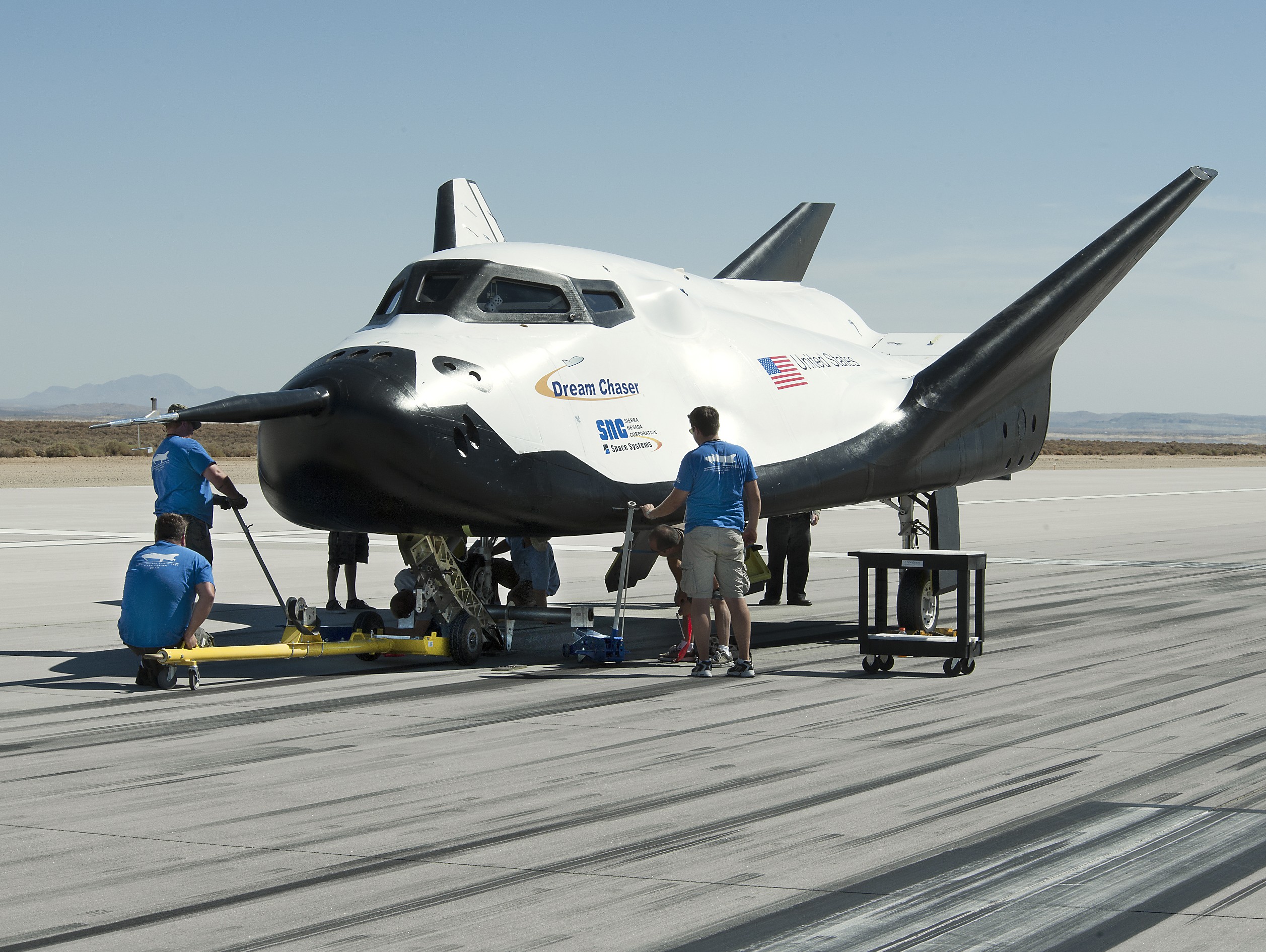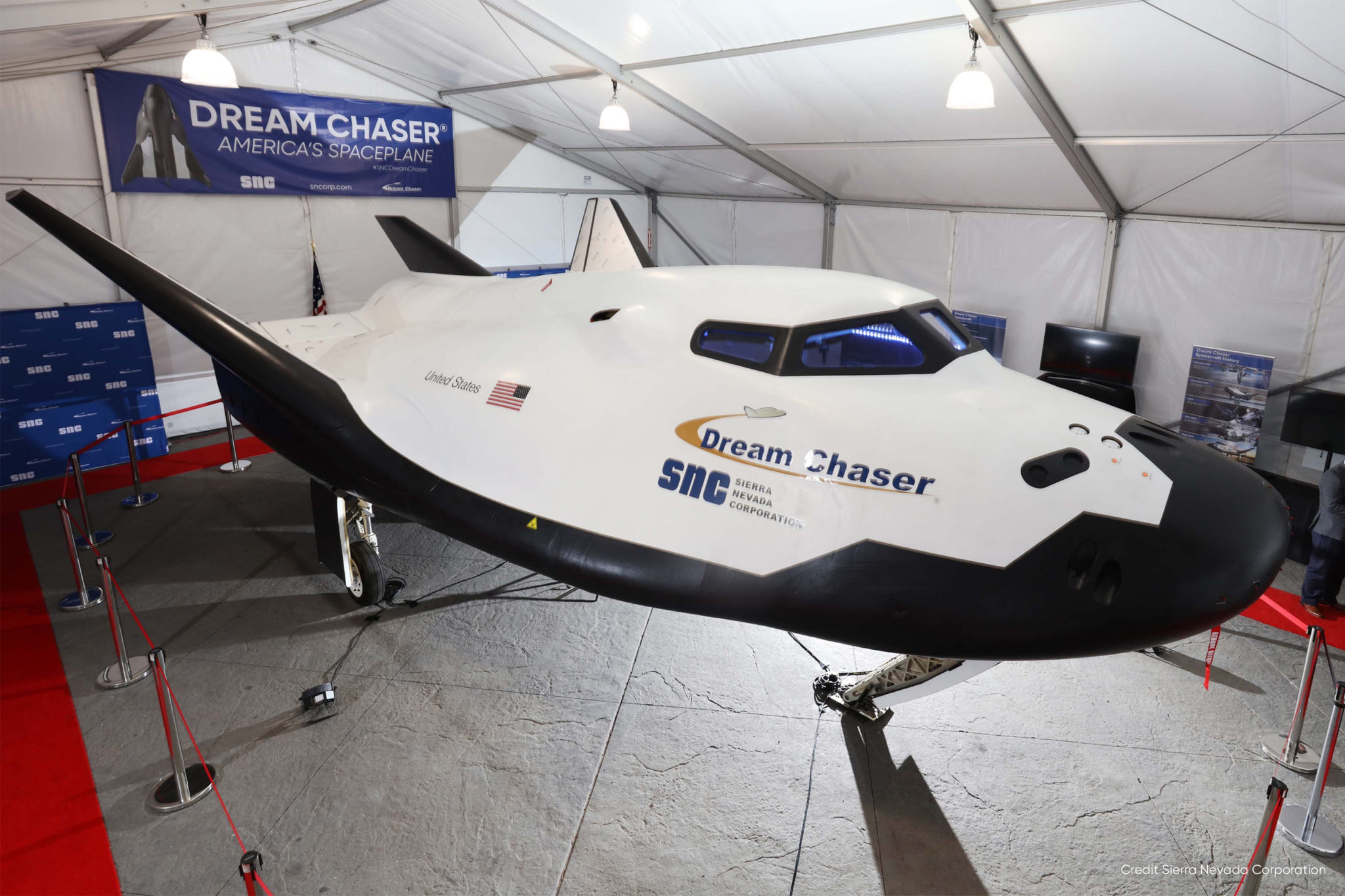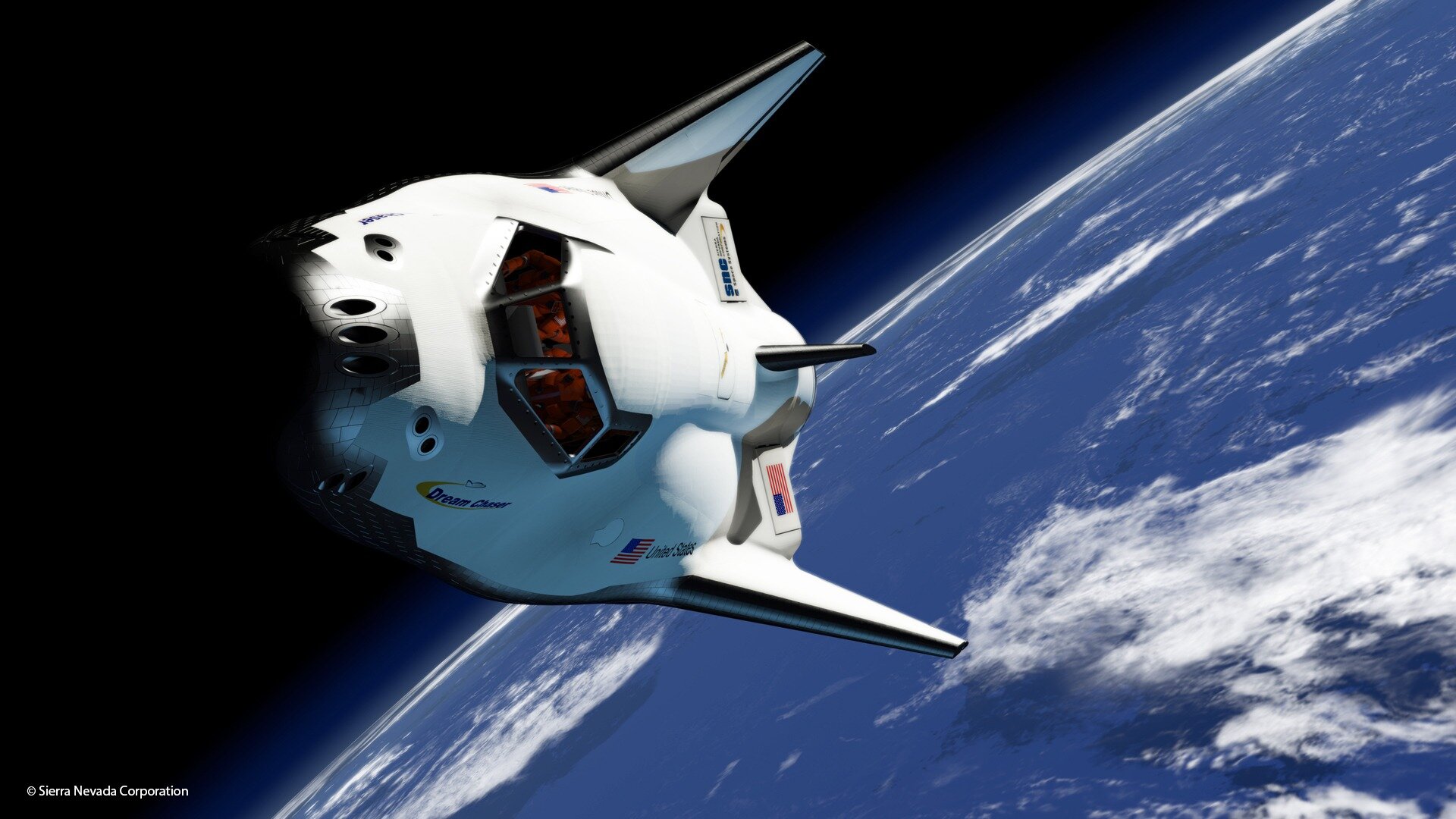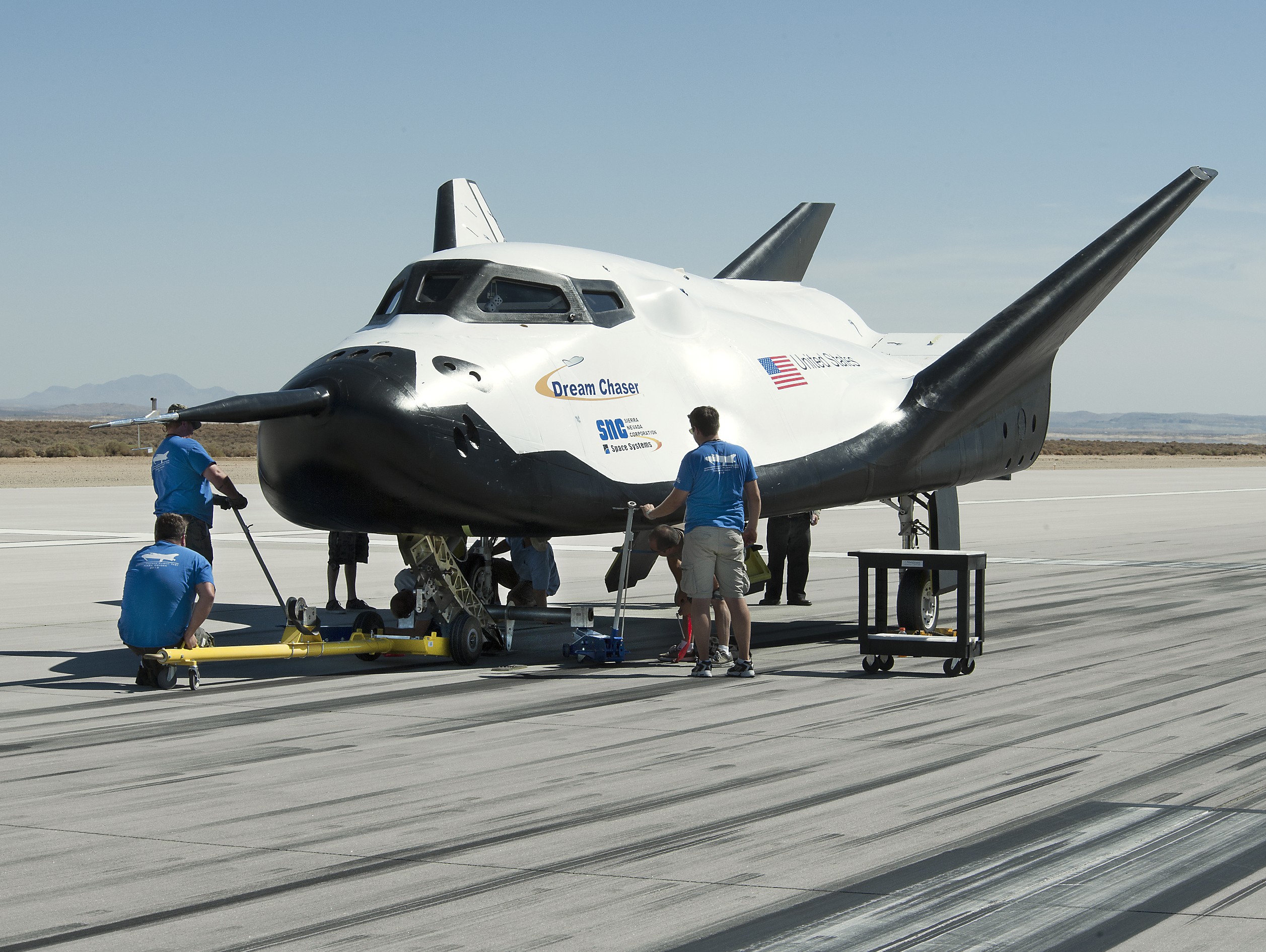
A Closer Look At Sierra Space’s Dream Chaser Spaceplane
Currently, there is a massive demand for launching practically anything into space. Different private companies such as Sierra Space are trying to fill that demand and provide a launch vehicle. However, Sierra Space is not going the typical route. The company is working on a next-generation spaceplane named Dream Chaser meant to provide everything the company needs in a single launch vehicle.
Dream Chaser is unique for many reasons. Some of the main aspects that make it stand out are its cargo system, space system, and multi-mission solutions. Additionally, Dream Chaser is planned to have high reusability, low g-force atmosphere entry, pilotless launch, and more. All of which is helping make this launch vehicle stand out as an impressive option for the near future.
Sierra Space has a lot of experience in the space industry. This extensive background is guaranteed to play an important role in the development and creation of Dream Chaser. Often compared to the Space Shuttle there are some key differences that separate the two. With a first launch planned for 2022, we can expect to see it fly in a short period of time.
What Is Dream Chaser’s Purpose?

Sierra Space’s goal is focused on the future of humanity surrounding space travel, living, etc. Specifically, the company mentions how they envision a future where humanity lives and works in space, on the Moon, and on distant planets. They even talk about people getting married, having kids, raising a family, and where businesses are built and new civilizations thrive. This helps you understand what exactly Sierra Space envisions for the future. This has to do with the company’s spaceplane Dream Chaser. They are aiming to create a unique launch vehicle capable of increasing our access to space.
While Dream Chaser is not meant to start a space civilization by itself, it is a good first step. Taking a closer look at the spaceplane, it is a multi-mission space utility vehicle designed to transport crew and cargo to low-Earth orbit (LEO) destinations such as the International Space Station. Dream Chaser was selected by NASA to supply cargo delivery, return, and supply missions to the ISS. This has helped Sierra Space with the development process and provide launch opportunities for the future. Additionally, Sierra Space has big plans for the spaceplane including using it to help bring crew and cargo to a possible future commercial space station named Orbital Reef.
Innovative Features
Cargo System – The first important aspect and feature of Dream Chaser is the cargo system. As I mentioned prior, NASA chose Sierra Space and the Dream Chaser for multiple cargo missions to the International Space Station in the future. Specifically, Dream Chaser will provide a minimum of 7 cargo service missions to and from the station. Dream Chaser is planned to be capable of delivering up to 5,500kg of cargo to low Earth orbit. This includes the ISS and Orbital Reef. Another unique aspect of the spaceplane is its low g-force reentry. Dream Chaser can return critical cargo at less than 1.5g’s. This lower amount of force applied to the vehicle during re-entry presents some unique benefits. Humans or important supplies that need to be brought back to Earth can have a less intense and forceful return when entering the atmosphere and landing.
The Dream Chaser is designed for high reusability. The spaceplane is launching atop a regular rocket when leaving Earth. Once it has completed its mission, it decelerates and re-enters the Earth’s atmosphere. From here it uses its plane-like design to safely glide and slow down prior to landing on a runway. This helps reduce costs per launch and speeds up the time in-between launches. Sierra Space estimates they can reuse the spaceplane over 15 times. Finally, the ability to launch on top of different launch vehicles and land on runways around the world makes Dream Chaser a very flexible and reliable option.
Space System – Dream Chaser is not only planning to take cargo up and down from orbit but humans as well. The spaceplane was originally designed as a crewed launch vehicle. Dream Chaser was a part of NASA’s Commercial Crew Program working towards carrying 7 astronauts to and from the International Space Station. Dream Chaser is quite small compared to a lot of other launch vehicles including the Space Shuttle. The spaceplane comes in at 30 feet or 9 meters long. This is only 1/4th the length compared to NASA’s Space Shuttle. Comparing the crew and cargo version of Dream Chaser there are not a lot of differences. Sierra Space mentions that “The crewed version of Dream Chaser is approximately 85% common to the cargo system.” The main differences are additions including environmental control and life support systems, windows for crew visibility, and an integral main propulsion system for abort capability and major orbital maneuvers. These extra features ensure the crew is safe at all times including different possible errors or mishaps during the launch process. They increase the weight which reduces the amount of cargo carrying capabilities but can instead safely transport up to 7 astronauts into and back down from low Earth orbit.
Multi-Mission Solutions – The final feature of Dream Chaser that helps it stand out is its capabilities and plans for the future. Specifically, the spaceplane is a multi-mission vehicle that is planning to be used for a large variety of missions and requirements in space. Dream Chaser can be customized for both domestic and international customers. This will help increase its demand and improve the world’s access to space. Sierra Space plans on doing this by modifying vehicle configuration, launch site, destination, landing site, duration, and a host of other variables. This means many other countries that may not have a space program at all or one with consistent capabilities can use Dream Chaser. Sierra Space has even entered into agreements with multiple international space agencies with the goal of developing technology, applications, and missions for Dream Chaser. An example of some of the applications of Dream Chaser includes science, observation, manufacturing, servicing, and low Earth orbit transportation. Each has a large demand and likely a very bright future.
Additional Unique Aspects

There are some final unique aspects of Dream Chaser that I want to mention. The first is the pilotless launch. This will allow the launch vehicle to consistently perform cargo missions without any human presence needed during the process. Another is the landing maneuver. Because Dream Chaser is planned to land on a runway, it makes the overall landing process a lot more convenient for crew and cargo. Rather than land far out in the ocean, it becomes a lot faster and more convenient process. This could be more appealing to different customers around the world. The final part I wanted to mention was Sierra Space’s progress. The company is quite far in development and has a first launch planned for 2022.
Conclusion
Many different companies and agencies around the world are working hard to innovate and develop new technology in the space industry. This process has the common theme of lowering costs and increasing our access to space. Sierra Space is no exception with the current development of their spaceplane named Dream Chaser. Dream Chaser stands out due to its cargo system, space system, and multi-mission solutions. If successful, the launch vehicle could help increase our capabilities in space around the world. We will have to wait and see how the spaceplane develops and its future impact on the space industry and people around the world.
